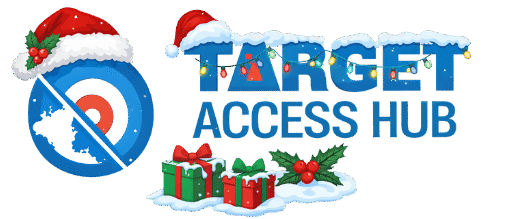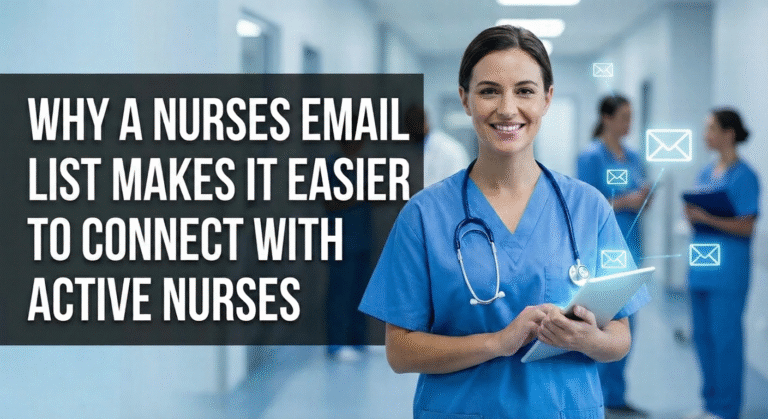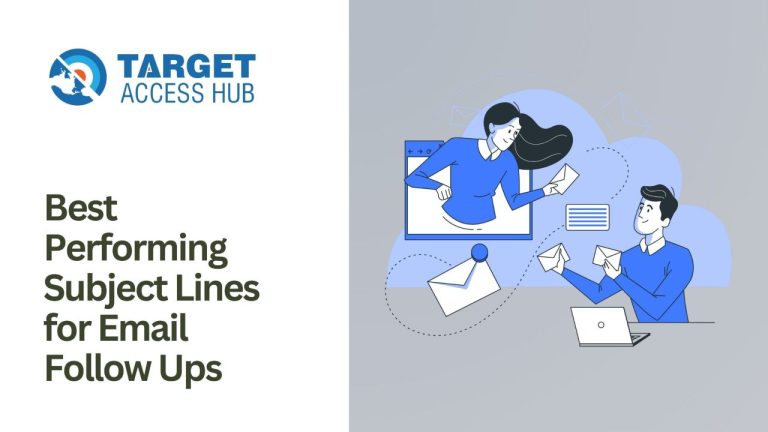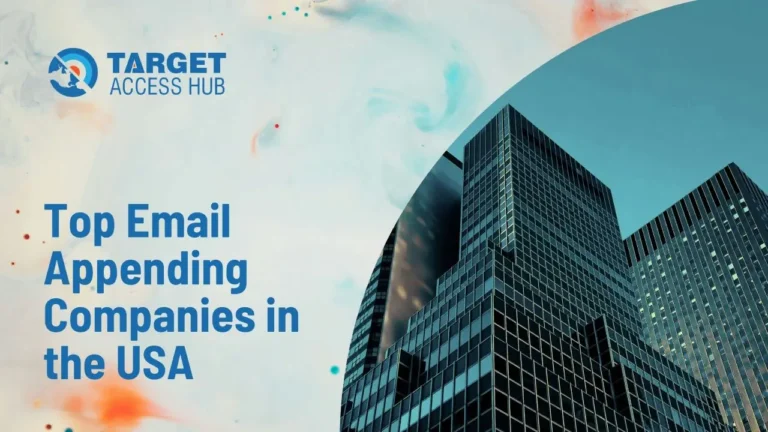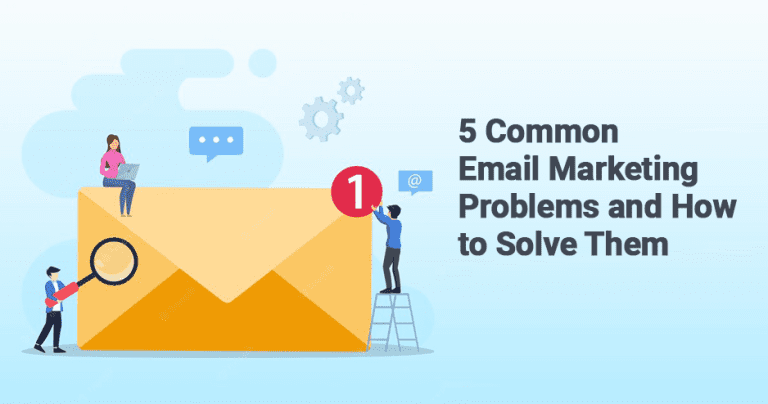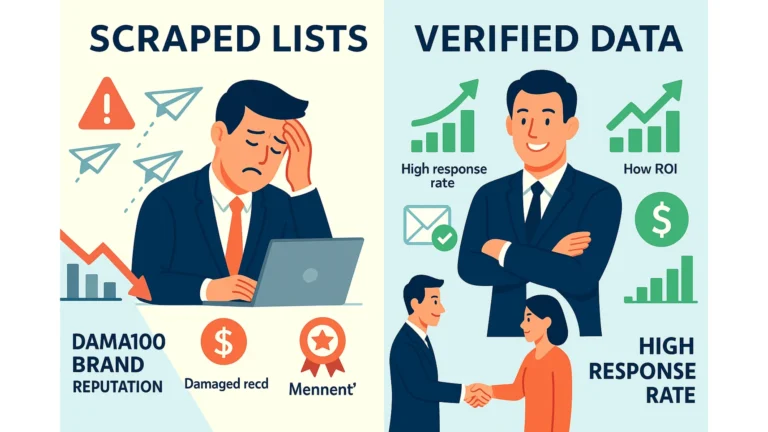15 Effective Best Practices for Newsletters in 2024
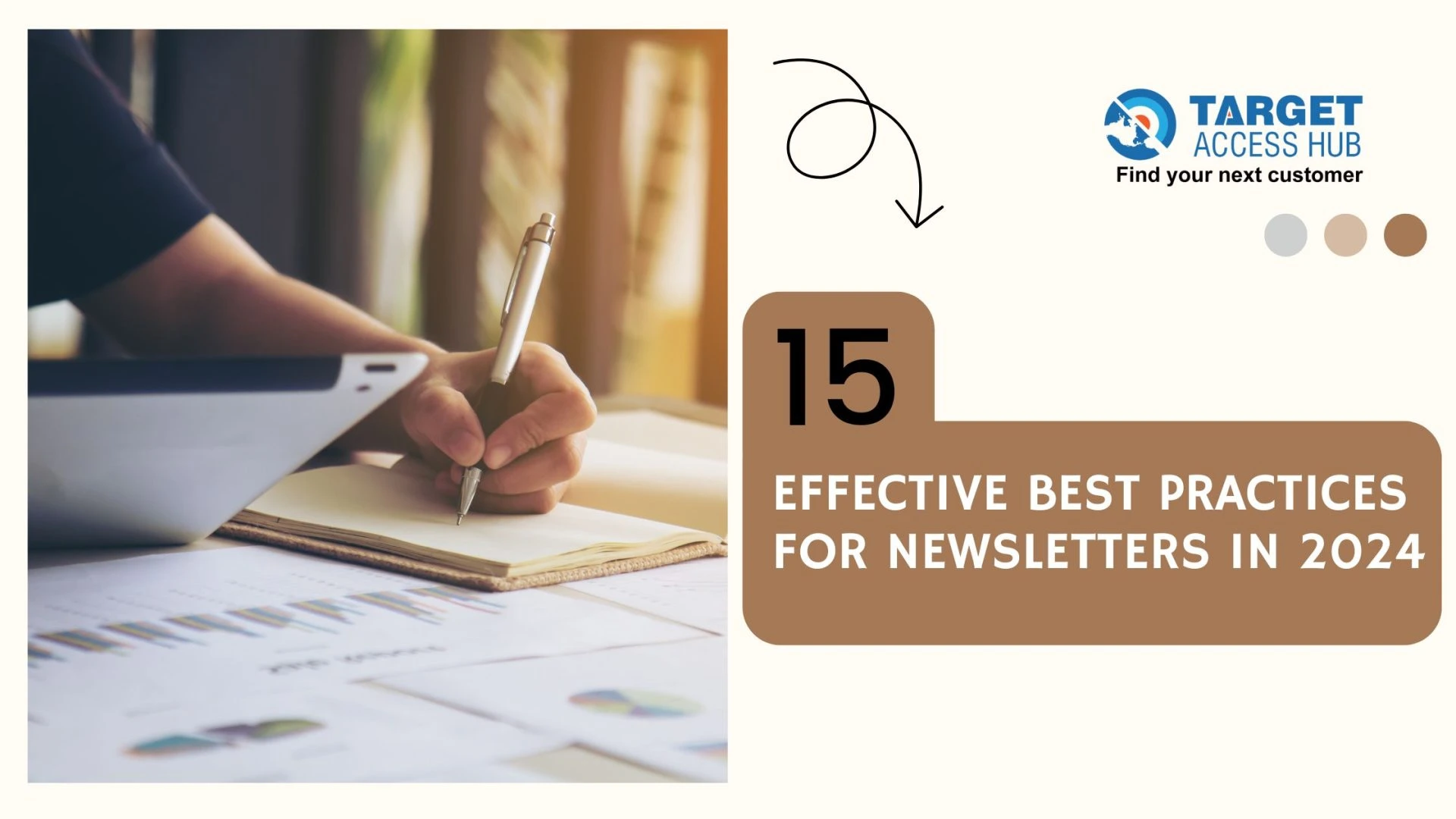
In digital communication, newsletters remain a stalwart tool for businesses and individuals alike. Despite the proliferation of social media and other platforms, newsletters continue to offer a direct line of communication with subscribers.
Key Takeaways
However, in order to cut through the noise and engage readers effectively, it’s crucial to implement best practices that cater to the needs and preferences of the modern audience. In this guide, you can learn 15 tips to make compelling newsletters in 2024, covering design strategies, content tactics, and real-world examples of success.How to Design a Newsletter
Designing a newsletter goes beyond aesthetics; it involves strategic choices that enhance readability, engagement, and brand perception. Here are some key considerations:
Mobile Optimization
With the majority of email opens happening on mobile devices, it’s imperative to ensure that your newsletter is optimized for small screens. Use responsive design techniques to adapt layouts seamlessly across different devices.
Clear Branding
Your newsletter should reflect your brand identity consistently. Incorporate your logo, color scheme, and typography to create a cohesive look that reinforces brand recognition.
Eye-catching Headers
Capture readers’ attention from the outset with compelling headers and subject lines. Use concise language that conveys the value proposition of your newsletter and entices recipients to open it.
Visual Appeal
Balance text with visuals to create an aesthetically pleasing layout. Incorporate high-quality images, graphics, and videos to break up the content and maintain reader interest for the entire newsletter.
Best Practices for Newsletter Design
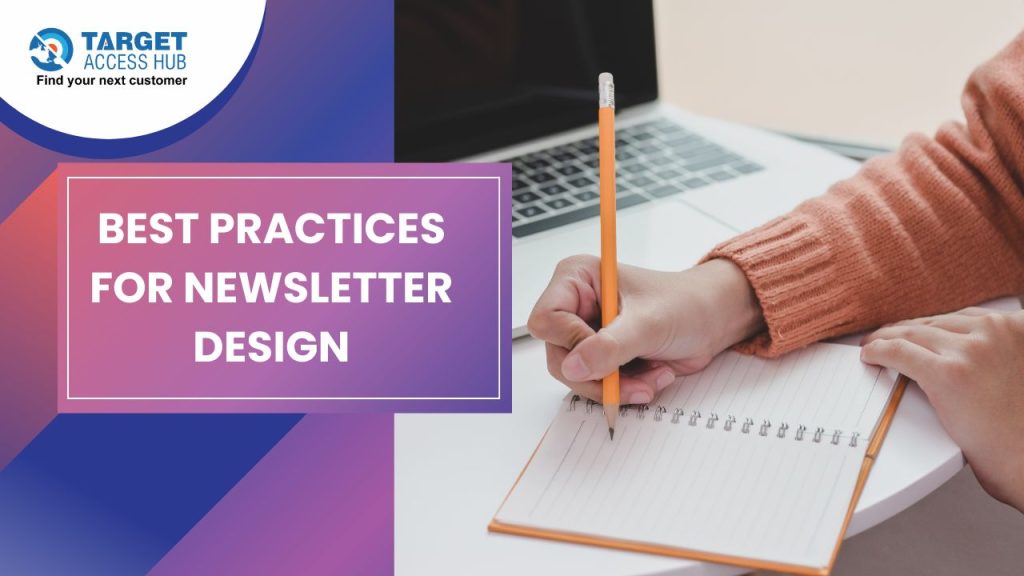
Beyond the fundamental principles of design, there are specific tactics that can elevate the effectiveness of your newsletter. Here are some best practices to consider:
Personalization
Tailor your newsletter content to the preferences and interests of your subscribers. Segment your audience based on demographics, behavior, or purchase history, and deliver targeted content that resonates with each group.
Interactive Elements
Experiment with interactive elements such as polls, quizzes, or surveys to encourage reader participation. Engagement metrics can provide valuable insights into audience preferences and behaviors.
Accessibility
Ensure that your newsletter is accessible to all recipients, including those with disabilities. Use descriptive alt text for images, maintain a readable font size and contrast ratio, and provide text-based alternatives for multimedia content.
Examples of Successful Newsletter Designs
Drawing inspiration from real-world examples can offer valuable insights into effective newsletter design. Here are a few exemplary newsletters that have garnered acclaim:
The Skimm
Known for its witty tone and concise summaries of current events, The Skimm delivers bite-sized news updates directly to subscribers’ inboxes. Its minimalist design and conversational writing style resonate with millennial audiences seeking digestible content.
Morning Brew
Targeting young professionals interested in business and finance, Morning Brew delivers a daily dose of curated news and insights. With its bold typography, vibrant color palette, and engaging graphics, Morning Brew’s newsletter stands out in crowded inboxes.
In Vision’s Design Weekly
Catering to designers and creatives, InVision’s Design Weekly newsletter offers a curated selection of articles, resources, and inspiration. Its clean layout, cohesive branding, and quality content make it a go-to resource for industry professionals.
15 Best Practices for Newsletter Content
Content is the heart of any newsletter, serving to inform, entertain, and engage subscribers. Here are 15 best practices for crafting compelling newsletter content:
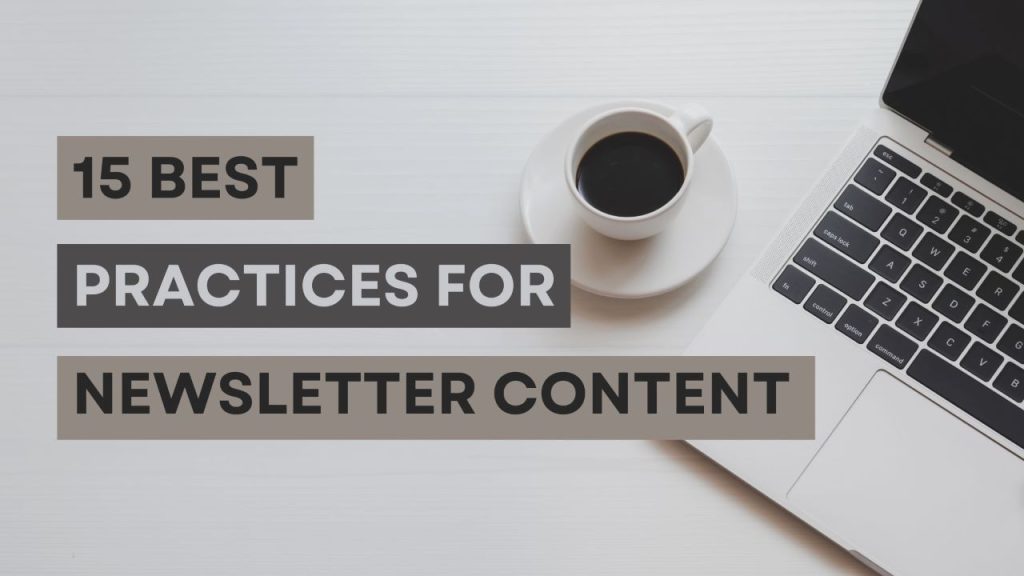
In Conclusion
Crafting a successful newsletter in 2024 requires a strategic blend of design prowess, content excellence, and audience engagement. By following these 15 best practices, you can create newsletters that captivate readers, drive results, and solidify your brand’s presence in the long run.
